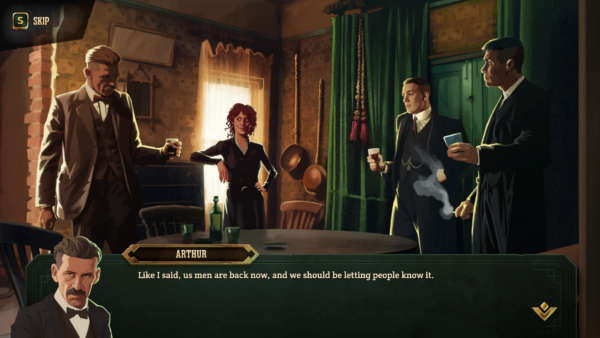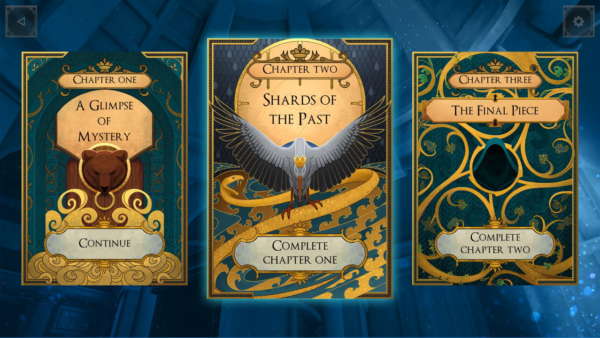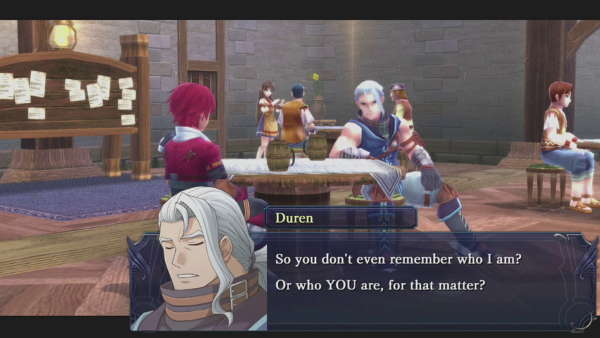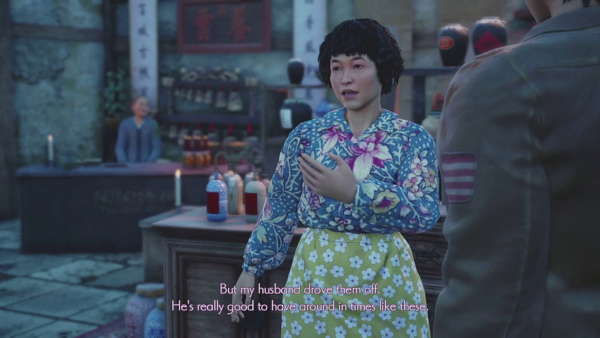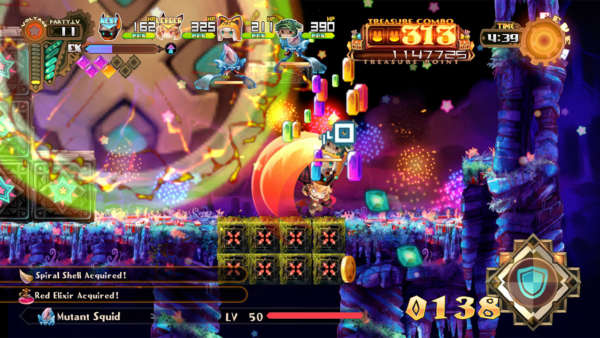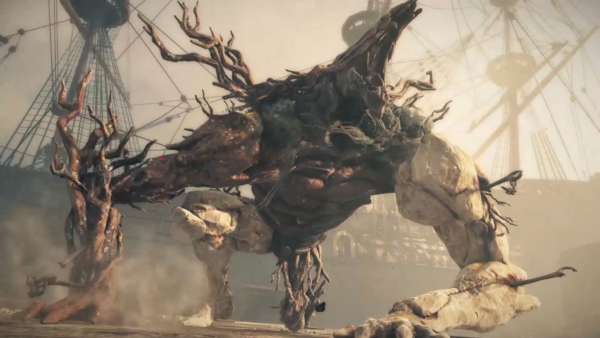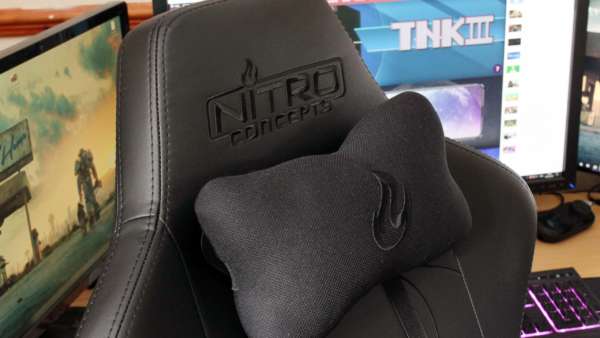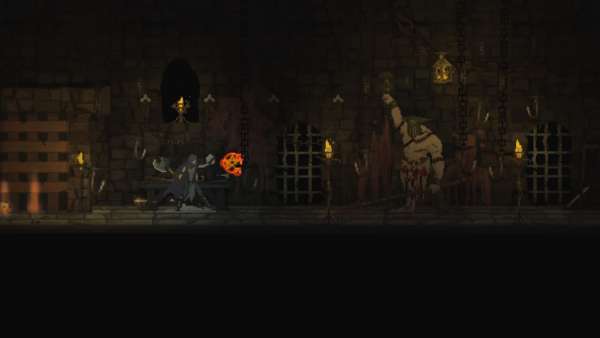As for the story of The 25th Ward, the story picks up somewhat from a previous game titled The Silver Case. While playing the original isn’t imperative to the understanding of The 25th Ward, I could definitely see where it may come in handy. I personally did not play the previous title, and while it is my understanding that the protagonists have changed, many of the side characters are returning from the previous entry. If you’re someone who really wants to understand the ins and outs of the world they are playing in, I would most likely recommend playing the original. Otherwise, you’ll pick up the themes and relationships rather quickly.
With that out of the way, the narrative of The 25th Ward follows the arcs of three different story arcs, each with their own different backgrounds, characters, mysteries, and resolutions. These arcs can be played in any order that you choose, further detaching their storylines from one another.
As mentioned previously, the gameplay will take the form of Visual Novel. In the context of The 25th Ward, this will often entail reading blocks of texts, interacting with the environment, solving little puzzles, or speaking with other characters. While all three arcs revolve around the same mechanics, the themes and stories presented allow these to feel wildly different from one another. While the title is presented as a Suda51 game, only one of the arcs is written by Suda himself. The other two arcs are headed by Masahi Ooka and Masahiro Yuki, whom also had a role in the original game. The visuals matched I personally found that each of the storylines mirrored one another in sheer quality, and managed to create an interesting standalone world filled with their own interesting characters and chilling events.


